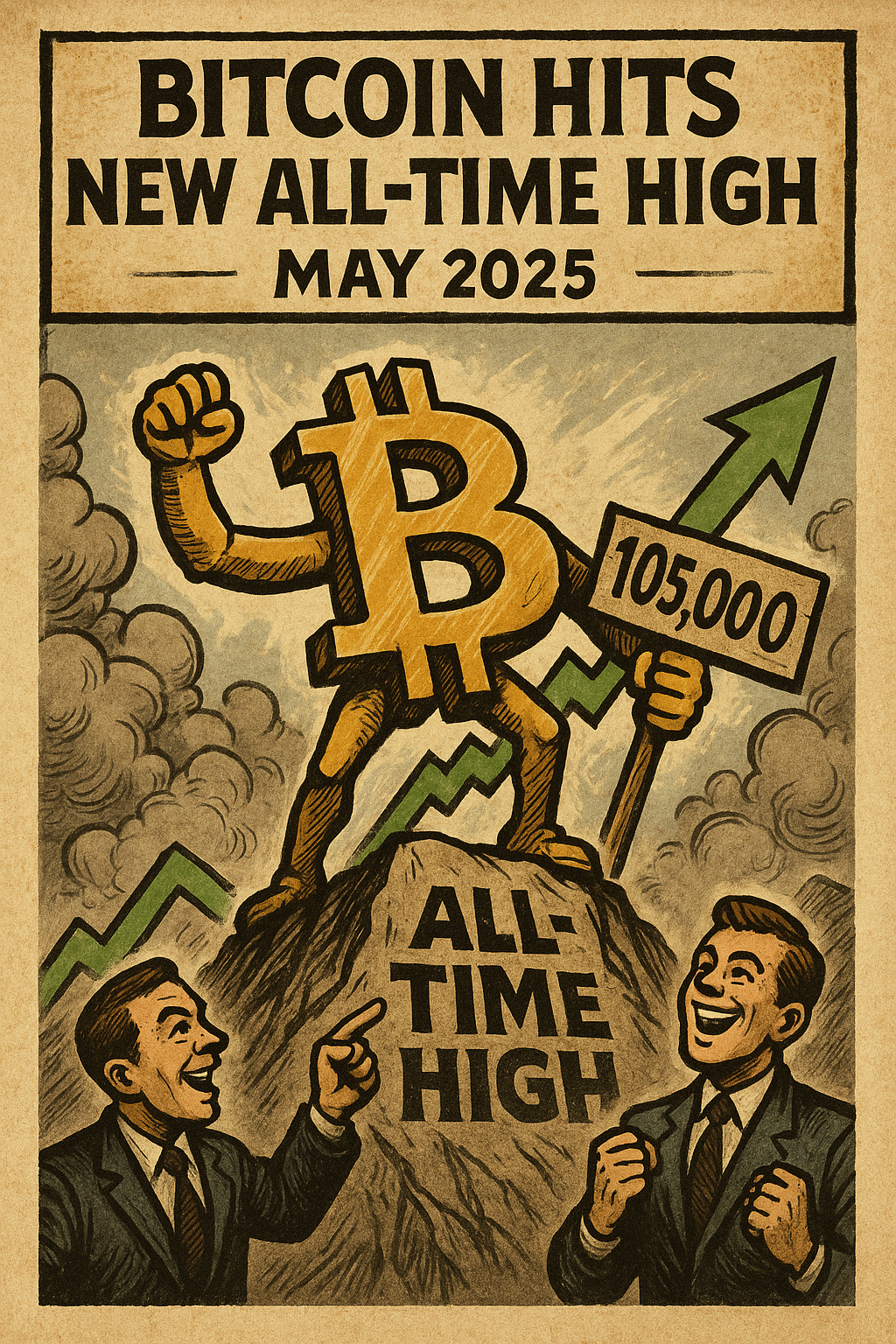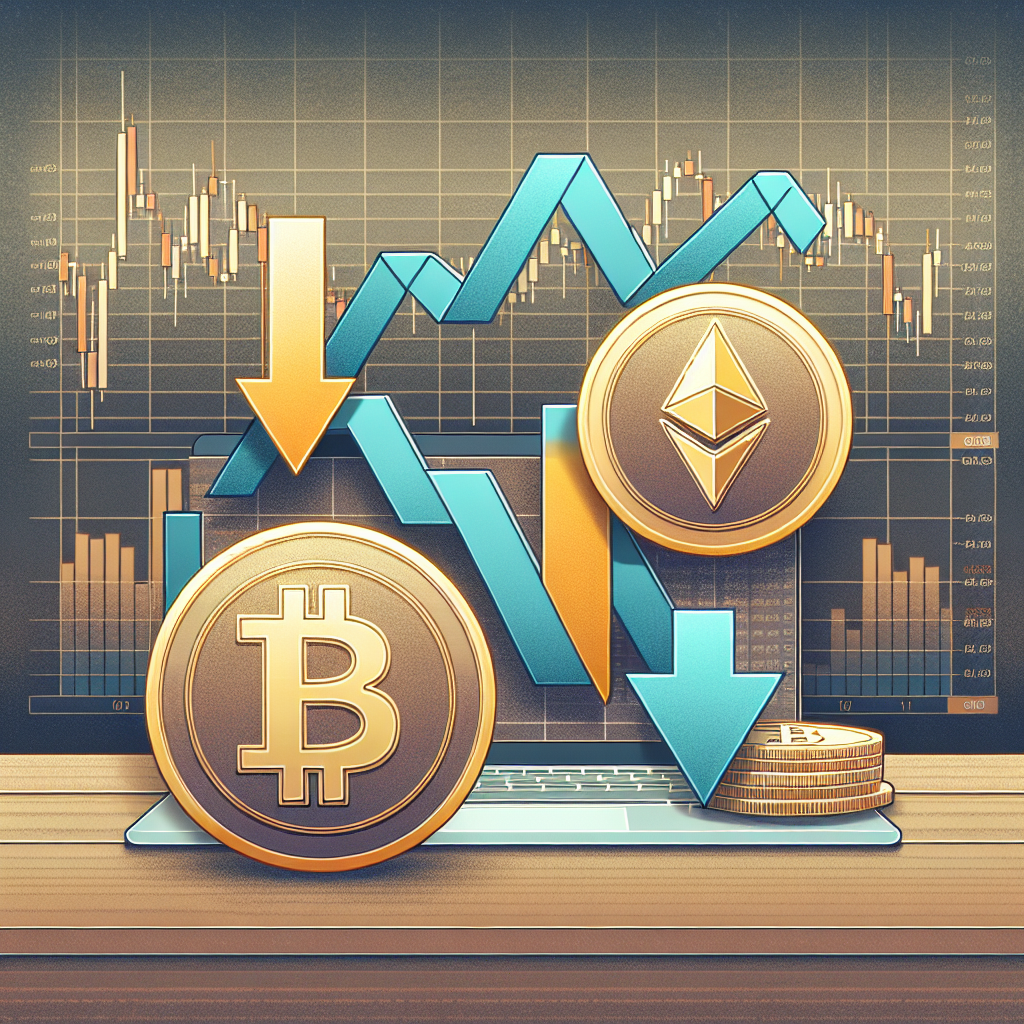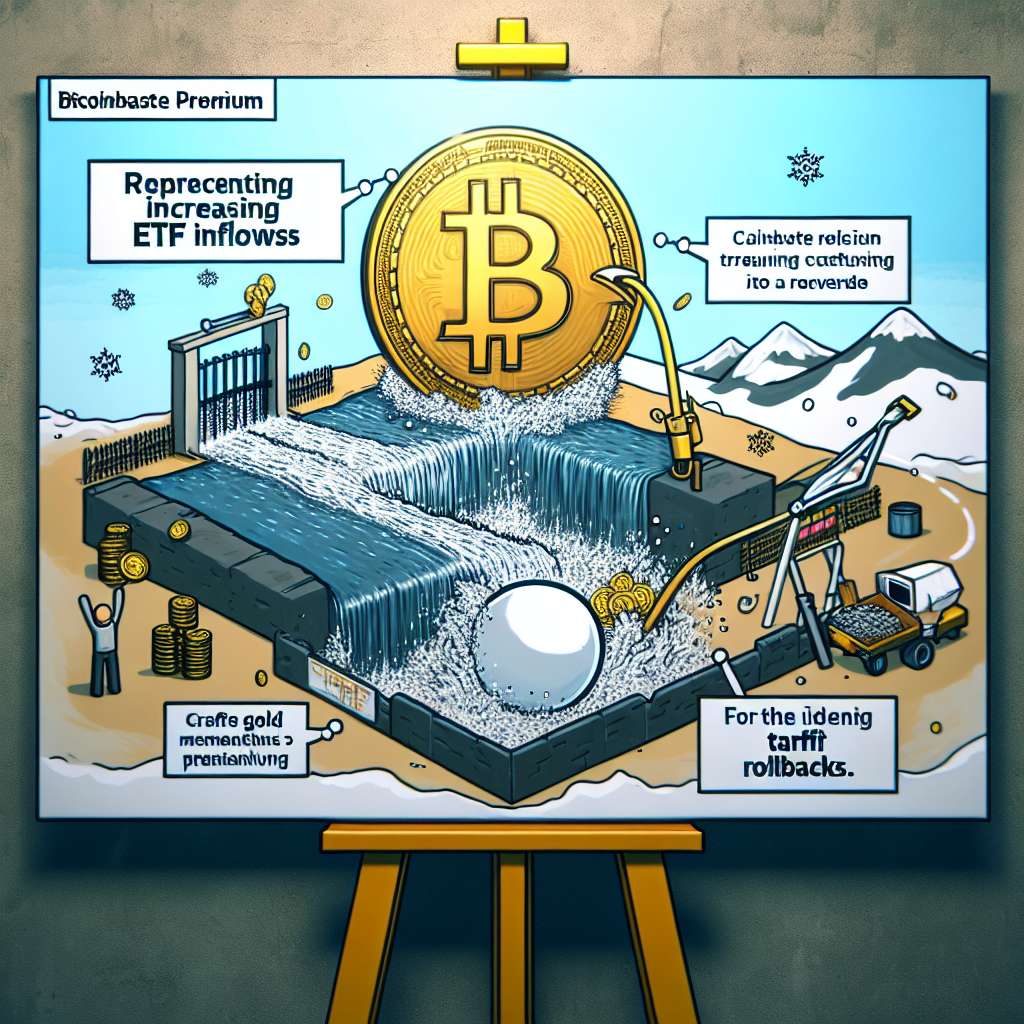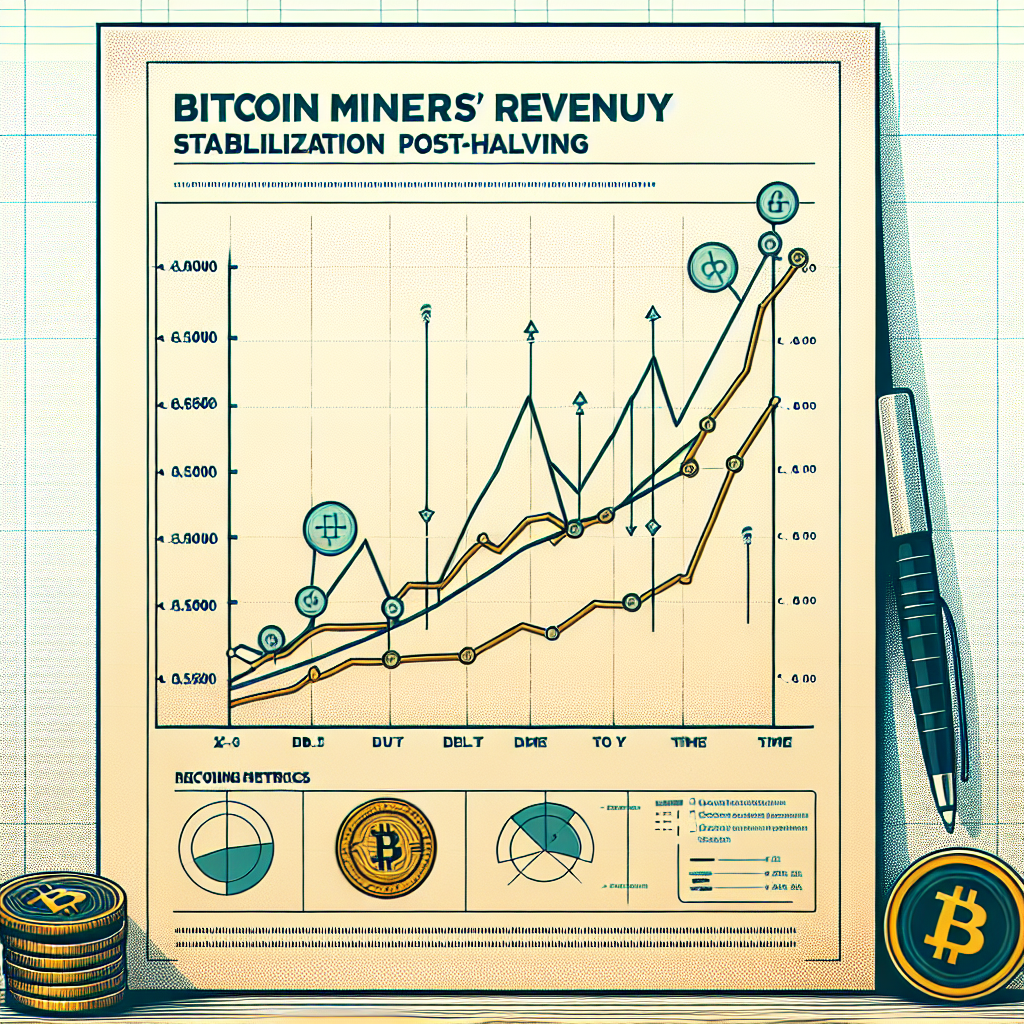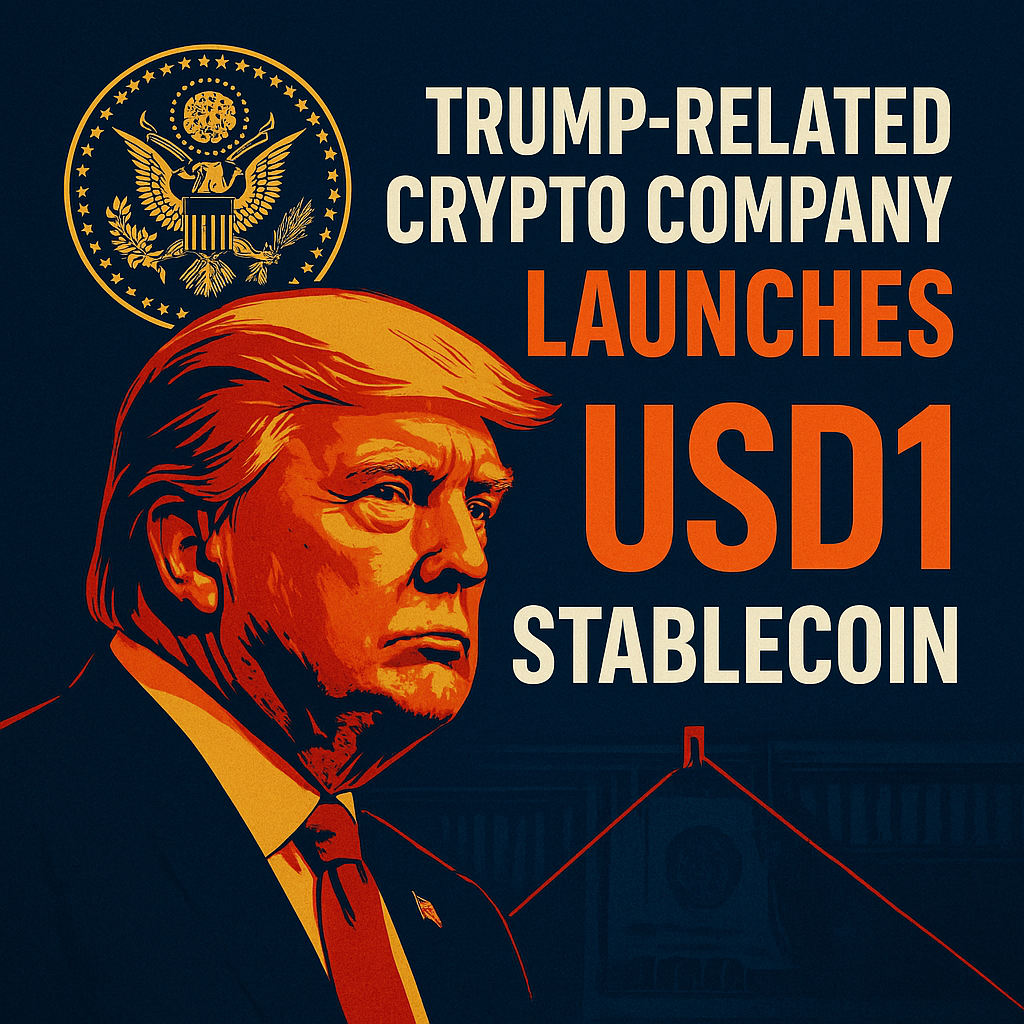
In a move that has sent ripples across both the political and crypto landscapes, a company tied to the Trump family has announced the launch of a new stablecoin called “USD1.” As the 2024 U.S. election dust settles, this bold foray into the world of digital finance is igniting debates about the intersection of politics, tech, and the future of money.
What is USD1?
USD1 is a dollar-pegged stablecoin issued by a crypto company with ties to the Trump family. Like other stablecoins such as USDT (Tether) or USDC (Circle), USD1 is designed to maintain a 1:1 peg with the U.S. dollar. The coin reportedly aims to provide a secure, transparent, and politically aligned alternative to existing stablecoins.
While technical details remain scarce, insiders claim USD1 will be backed by cash reserves and short-term U.S. Treasury bonds, similar to the backing mechanisms used by its more established competitors. The coin is expected to launch on several major blockchains, including Ethereum and potentially Solana.
Why It Matters
The entry of a Trump-affiliated entity into the stablecoin market is significant for several reasons:
- Political Implications: With Donald Trump maintaining a strong influence over a sizable portion of the American public, the creation of a stablecoin under his family brand could foster a parallel financial ecosystem among his supporters. Some analysts are even dubbing it the “MAGAcoin effect.”
- Trust and Transparency Questions: Stablecoins have faced scrutiny over their reserve holdings and regulatory compliance. Given the Trump family’s controversial history, the launch of USD1 raises new questions about governance, reserve audits, and centralization risks.
- Regulatory Attention: The timing is striking. U.S. lawmakers are intensifying efforts to regulate stablecoins, and the introduction of a politically branded digital dollar could add fuel to the legislative fire. Expect hearings and headlines.

Market Reactions
The crypto community is divided. Some users on X (formerly Twitter) see USD1 as a bold challenge to “woke finance,” while others question the coin’s legitimacy and potential centralization.
Meanwhile, Bitcoin and Ethereum markets saw modest gains following the announcement, as some traders interpret the move as validation of crypto’s staying power. Others warn that politicized digital assets could fragment the already volatile ecosystem.
Final Thoughts
USD1’s unveiling is more than just another stablecoin launch. It’s a cultural moment that highlights the growing entanglement of crypto, politics, and identity. Whether USD1 succeeds or fizzles out, its mere existence forces us to confront deeper questions:
- Who should control digital money?
- Can politically aligned coins coexist with decentralized ideals?
- Will other political figures follow suit?
As the line between tech innovation and ideological branding continues to blur, one thing is certain: crypto isn’t just about code anymore. It’s about culture, influence, and power.
Stay tuned. The stablecoin wars just got political.
